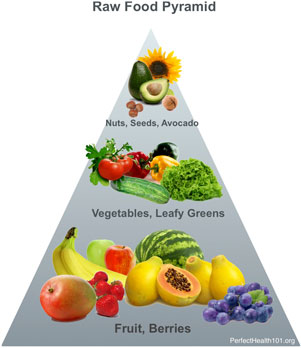11/7/2018 BELLS and POMEGRANATES
Exodus 28:31 Make the robe of the ephod entirely of blue cloth, with an opening for the head in its center. There shall be a woven edge like a collar around this opening so that it will not tear. Make pomegranates of blue, purple and scarlet yarn around the hem of the robe, with gold bells between them. The gold bells and the pomegranates are to alternate around the hem of the robe. Aaron must wear it when he ministers. The sound of the bells will be heard when he enters the Holy Place before the Lord and when he comes out so that he will not die. [New International translation]
Summary:
Aaron, Moses brother, was the first high priest of Israel. In Exodus 28 Aaron is consecrated by GOD for the priesthood. Aaron is set apart for the sacred and high purpose of serving GOD. GOD tells Moses to have sacred clothing made for Aaron to lend dignity to his work to GOD. The garments were to set Aaron apart from all others. There was a breast piece, an ephod, a robe, a coat, a turban and a sash. In Exodus 28:31 GOD tells Moses to have the tailors make the robe out of blue cloth. Along the hem of the robe, the tailor was to stitch a pattern of bells and pomegranates. According to Martyn Barrows:
The Ephod is the apron-like garment worn by the high priest. It was made in four colours: blue, purple, scarlet and the white of the fine linen. These are the same colours that can be seen at the Door to the Outer Court, the Door to the Sanctuary and in the Veil; they refer to Christ as He is revealed in the four gospels. There is an important additional feature of the Ephod, though: gold thread (cut from gold plate) was interwoven with the other colours (Exodus 39:3). Gold is not only precious, it implies 'of God, divine and heavenly'.
See, The High Priest and His Garments by Martyn Barrows. Barrows goes on to state that:
The Robe was made entirely of blue. It had a hem, attached to which were pomegranate motifs (in blue, purple and scarlet), with golden bells alternating in between the pomegranates. The golden bells were an audible announcement of the high priest's service, a beautiful sound, backed up by beautiful fruits, the pomegranates. This same balance of words and deeds we find in the Lord Jesus (Luke 24:19).
Id. Other commentaries and writers on these verses in Exodus believe that the pomegranates were to be a reminder to the people of the fruitfulness of promise land and of God’s promises and faithfulness to the people. In ancient times, the pomegranate was also regarded as a symbol of fertility and eternal life. See, Harper’s Bible Dictionary, Paul J. Achtemeier (1985). Others have stated that the bells represented God’s mercy in allowing a priest to minister on their behalf in the holy place. See, The Bible Knowledge Commentary, John F. Walvoord and Roy B. Zuck.
Another writer has stated that the pomegranates also represent the fruit of the Holy Spirit (i.e. love, joy, peace, patience, kindness, goodness, faithfulness, gentleness and self-control (Galatians 5:22-23[ Living Bible])) and that the bells represent the gift of THE HOLY SPIRIT. According to this writer, the fact that the pomegranates and bells are alternating means that both (the gifts and THE HOLY SPIRIT) are necessary for effective ministry. See Dennis Mann, www.christian-formum.net.


